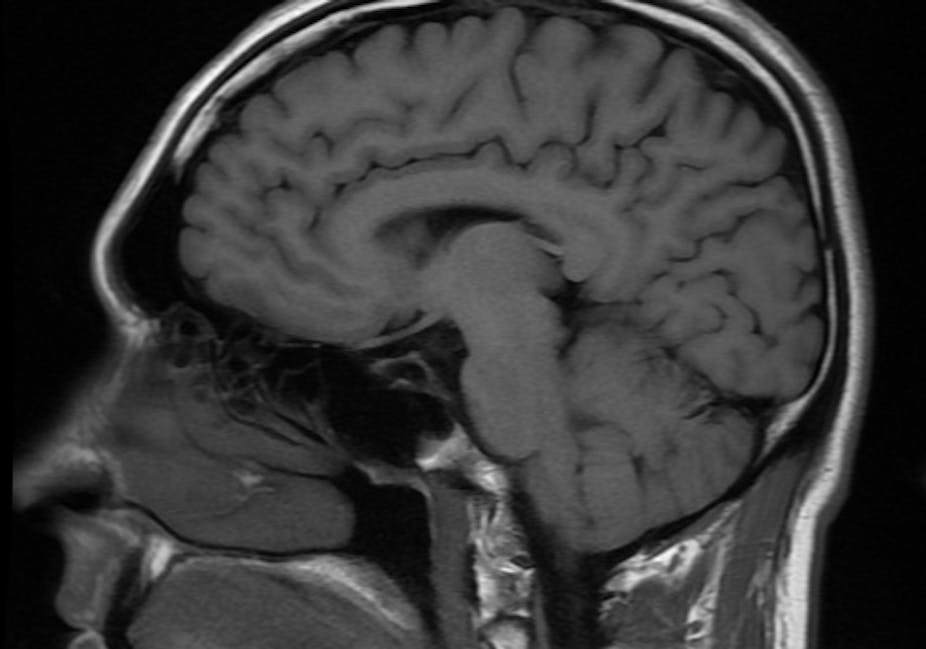As many as 500 brain scans are performed in Scotland every week. These scans are mostly used to diagnose - or rule out - serious diseases like strokes and tumours, but this is not their only function. Brain scans can also show more subtle changes, like brain shrinkage (atrophy) which is common as people get older.
Another common brain change associated with ageing is the development of small areas of abnormality in the wiring of the brain, known as white matter lesions. It is difficult to know whether these changes signify the early onset of diseases like dementia, or are just changes that happen naturally with age, like the wrinkles that appear on your face.
How abnormal is abnormal?
For those of us working with scans, a person’s brain is as unique as their face. And it’s important that doctors can tell which features are a normal part of ageing and which are cause for concern. Doctors who work with scans can draw on years of experience to make judgements about their patients.
The problem is that it is difficult to share individual doctors’ impressions. For example, when a specialist who has seen thousands of scans says “this is abnormal”, someone else looking at the report doesn’t know how abnormal that is.
And every doctor, depending on their experience, may have a slightly different understanding of the amount of atrophy or shrinkage that is “normal” for a particular age group or for sufferers of conditions like high blood pressure.
Childhood growth charts use large sample groups of children to define what normal limits for weight, height and head circumference at certain ages. This helps health professionals work out who might need further medical attention. A similar guide for brains could be an invaluable tool, especially for those working with children and those in old age because their brains are changing the most quickly.
Building the database
The Brain Research Imaging Centre in Edinburgh is in the process of creating a such a tool - the BraINS project. To do this, a database of scans needs to be created.
This is being done using scans from healthy volunteers but the records also include clinical information collected from volunteers. This means we can use them to compare brain scans linked to conditions such as high blood pressure and across different ages.
Currently, only 343 scans of people aged over 60 are publicly available through brain image data banks. Of these, only 98 can be accessed without applying for permissions.
Conversations with other researchers in Scotland reveal that detailed brain scans have been performed on more than 1500 healthy people aged over 60 in the past ten years for research studies. These came with a lot of detailed - and anonymised - information about people’s health as well as results from cognitive skills tests. Drawing all of this together will create a sizeable and searchable bank of data.
The project has already created some reference images of healthy people aged 65-70 and 75-80. This allows a more detailed report. We can look at information for a 65-year-old, for example, that says “the patient’s brain shows severe atrophy for their age: at a level that would be seen in less than 25% of people aged between 75 and 80”. Putting scans into context in this way can help to alert doctors to abnormal brain shrinkage in their patients.
The next step is to expand the project to include many more scans for all age groups, with sufficient clinical information to help doctors make meaningful comparisons. Details about the subjects’ medications, blood pressure, age and other variables will help clarify expectations about what an ageing brain should look like.
It is possible that with projects like these in action, brain scans will not only be used to diagnose individual patients but also to help us understand what is “normal” as we grow older.

